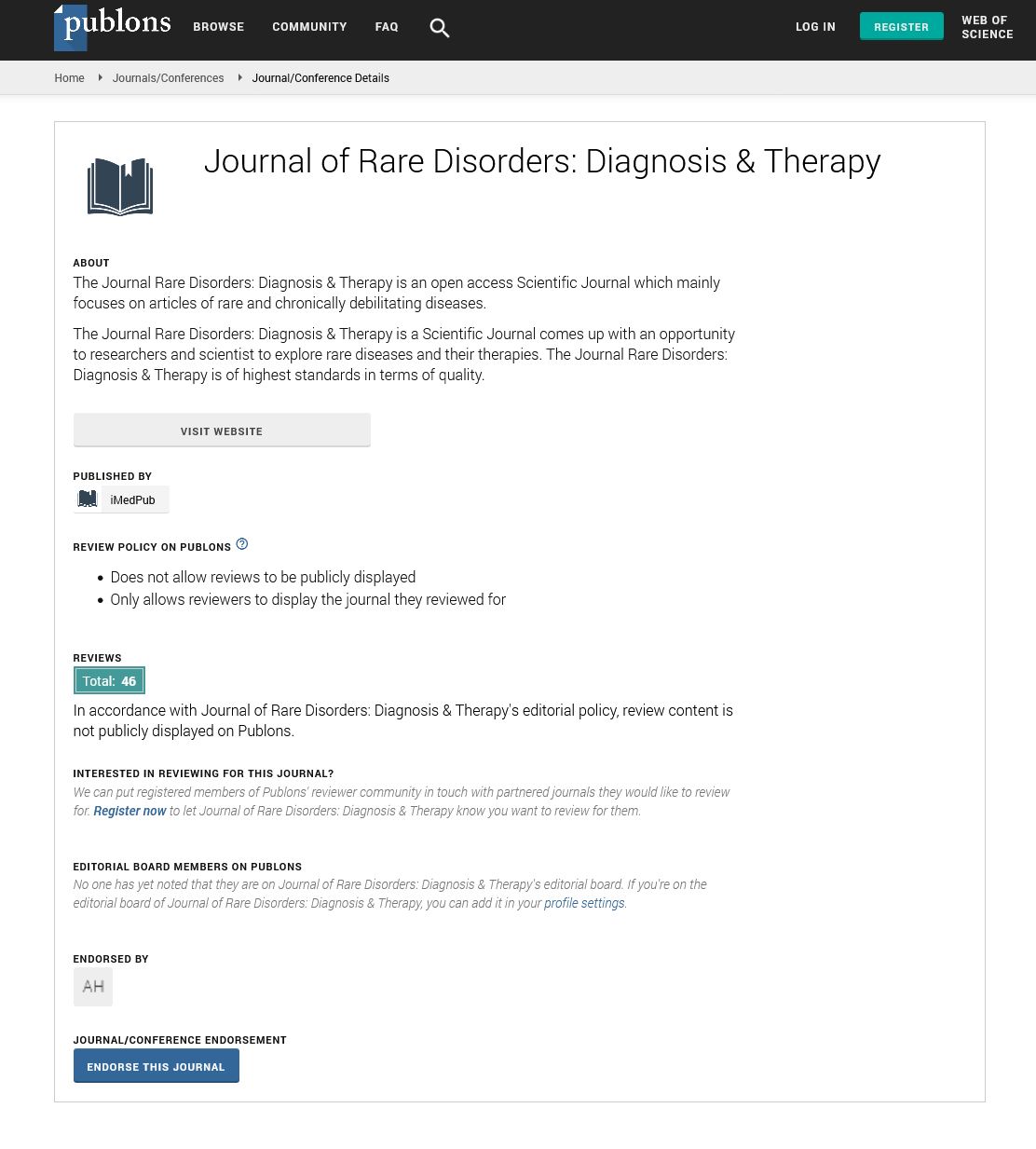Abstract
Surgery for Complex forms of Atrioventricular Septal Defect: Early Survival and Probability of Cure
Atrioventricular Septal Defects (AVSD) account for 7.4% of Congenital Heart Defects (CHD). They may occur in isolation, with a narrow spectrum of age at presentation and prognosis, or in association with other intracardiac malformations: here symptoms and needs for treatment vary considerably. Moreover, their frequent association with abnormal genetic disorders, such as Trisomy 21 or Heterotaxy, further complicates the task of surgical treatment. Analysing the data is seemingly complex: some associations are exceedingly rare, while in other more common morphologies, the approach is variable and controversial. Although results have greatly improved in the last decades, early and late survival remains suboptimal, sometimes poor. Early mortality greatly varies, along with complexity of pathophysiology and repair, from 5% to over 30%. The dilemma between high operative risk and palliation of the univentricular type is at times daunting. The possibility of surgical cure is discussed according to surgical options but the frequent need for reintervention makes hope elusive. Late survival greatly differs, from 45% to 80% at 5-year follow-up. It is hardly surprising, in the western type of society, that prenatal diagnosis should result in a high rate of termination of pregnancy. This holds particularly true when a chromosomal abnormality is also identified.
Author(s):
Duccio Di Carlo, Carolina Putotto, Paolo Versacci and Bruno Marino
Abstract | Full-Text | PDF
Share this

Google scholar citation report
Citations : 241
Journal of Rare Disorders: Diagnosis & Therapy received 241 citations as per google scholar report
Journal of Rare Disorders: Diagnosis & Therapy peer review process verified at publons
Abstracted/Indexed in
- Google Scholar
- China National Knowledge Infrastructure (CNKI)
- Directory of Research Journal Indexing (DRJI)
- Publons
- International Committee of Medical Journal Editors (ICMJE)
- Secret Search Engine Labs
- Euro Pub
Open Access Journals
- Aquaculture & Veterinary Science
- Chemistry & Chemical Sciences
- Clinical Sciences
- Engineering
- General Science
- Genetics & Molecular Biology
- Health Care & Nursing
- Immunology & Microbiology
- Materials Science
- Mathematics & Physics
- Medical Sciences
- Neurology & Psychiatry
- Oncology & Cancer Science
- Pharmaceutical Sciences


